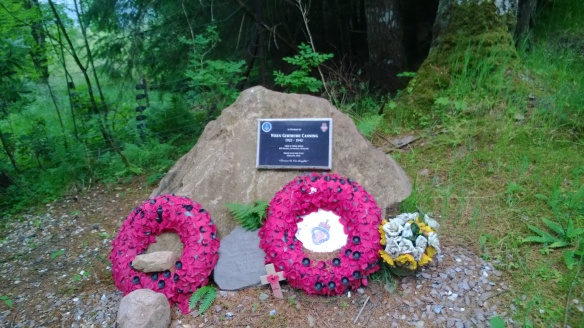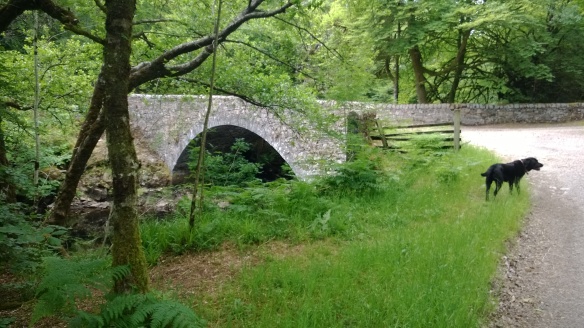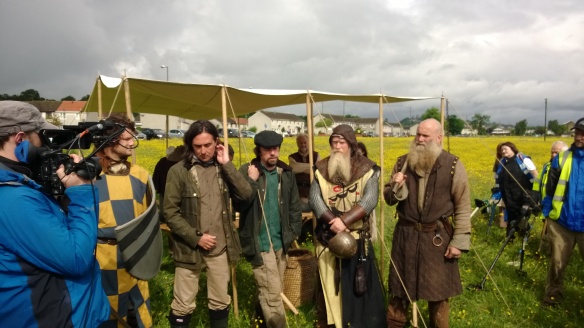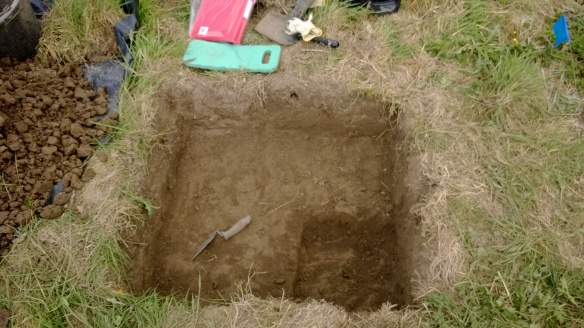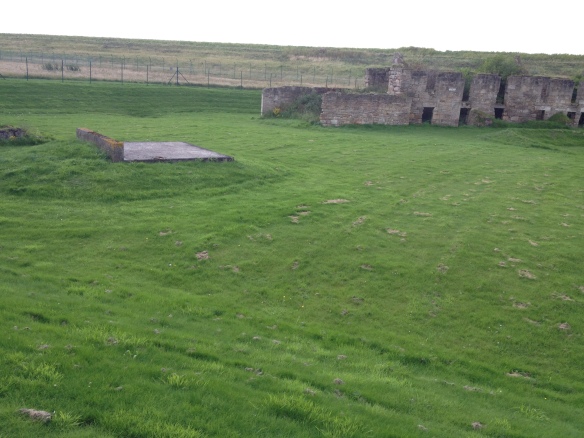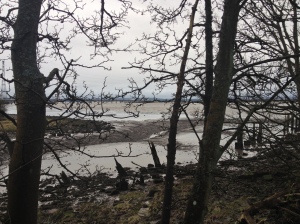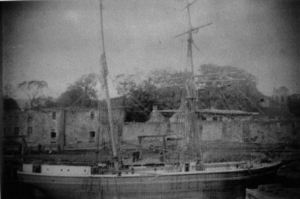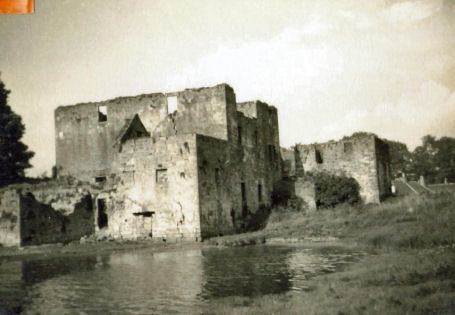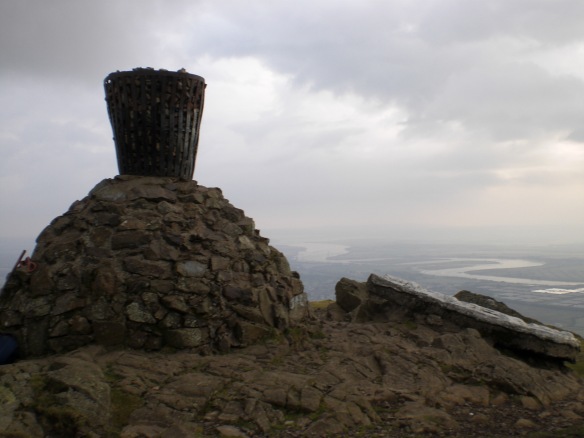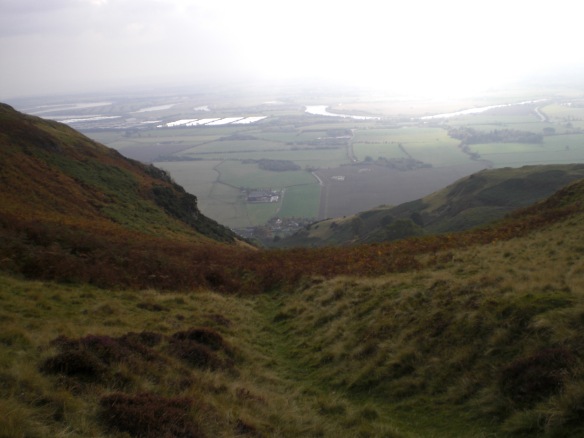I recently started a free subscription to Amazon Prime and my wife and I have been watching the Scottish historical drama Outlander. It is a TV show set largely in Scotland in 1743 (and bits in 1946), detailing the challenges of a time-travelling English WW2 nurse who ends up in the pre-Jacobite rebellion Scottish Highlands.
With any historical drama, liberties must necessarily be taken in order to move the action along and Outlander is no exception, though the producers are at pains to stress that they have set out to minimise these as much as possible and to employ historians to set the scene as accurately as time and money allow.
At this point I have to stress I have not read the books so any comment is made purely about the TV show – the book my differ. Also, I have yet to view the final two episodes. Whilst I will try to minimise spoilers, obviously read at your own risk.
The initial episode shows Claire Randall as a competent combat nurse in war torn Europe who later travels to Inverness with her husband Frank on a second honeymoon. It is clear that they have spent the war apart and are taking the opportunity offered by the trip to re-acquaint themselves with each other.
On a visit to the ruinous Castle Leoch, they find a basement room where Claire feels a strong sense of deja vu. We later discover that Frank is researching his ancestor, a Government soldier called Captain Jonathan ‘Black Jack’ Randall, who was in command of troops in the area in the mid 18th century. The setting for Inverness was clearly the Fife village of Falkland – you can see the same view from Street-view here with the wonderful Falkland Palace in the background. That night they both witness a strange druid ritual at the stones of Craig-na-Dun and the following morning Claire visits the stones alone. When she touches the main stone she suddenly looses consciousness and awakes to the sound of shouts and gunshots. She runs into, what turns out to be, ‘Black-Jack’ Randall, her husbands ancestor, who mistakes Claire – who is wearing a loose thin 20th century dress – for a prostitute dressed in her undershirt.
Rescued by the highlanders she saves the life of a wounded man and is taken to Castle Leoch, their home.
From there her she has to survive using her wits and 20th century knowledge but quickly realises she must be careful what she says, not wanting to give away the fact she is from another time thinking they may brand her as a witch. Using her maiden name of Beauchamp to hide her connection with Randall, she claims to be an English widow travelling to France from Oxfordshire (though that doesn’t explain what on earth she is doing in the Scottish Highlands!).
The following episodes are part love-story – she falls in love with Jamie, the red-haired highland hero – and part action-adventure as they get caught up in the politics and intrigue of mid 18th century Scotland. Historically it is actually very well done, with some really nice touches. In one scene, Claire goes with the women of a village whilst the men talk business. At a long table the women are kneading a long bale of cloth soaked in urine in order to clean it, soap not being readily available. In another there is a travelling group of minstrels putting on shows in villages around the country as a way of making money.We see the Factors collecting the rents, often in kind, from their tenants and we see the brutality found in a harsh and brutal place.
There are some great cameos by Scottish actors – especially Bill Patterson as a wily Edinburgh lawyer, the ever watchable Douglas Henshall and Gary Lewis who plays the Laird of Clan MacKenzie. Apart from Claire, female roles are largely conspicuous by their absence, especially for a drama that is aimed at a female audience, the one exception is the Irish Actress Laura Donnelly who plays Jamie’s sister Jenny in a spirited performance.
The two leads, Sam Heughan and Catriona Balfe both give excellent performances. Sam looks the part – big, brawny & red-headed – and being Scots his accent doesn’t grate on Scots ears. With a name like Catriona you would expect that the lead is Scottish but she is originally from Ireland. There are a few actors who’s accent is unfortunately painful for Scots to listen to but thankfully they are few and far between.
My main gripe though with the show is geographical and the representations of places. In one episode Claire travels from Castle Leoch – which is supposed to be at least 2-3 days ride from Inverness and given that the MacKenzie lands were to the North & West of the town, it would put the castle around here somewhere – to visit Lord Sandrigham. The English lord seems to be renting a large stately home within a days ride. There is no way that any sort of building like that would be one days ride from the Western Highlands. At that time the only homes of that stature would have been south of the highland line given the lawlessness found above it and such a building would have been sacked. Even Inverary Castle was not built until after this period.
The use of Culross for the village scenes is inspired. The authentic 17th century village still standing (just a few miles from my home) is often used for movies and TV shows, (even standing in for a Norwegian town in Captain America!).
Incidentally I got a nice surprise, in one episode Claire has to visit an old church known as The Black Kirk. This turns out to be a the ruined Culross West Kirk, where I often walk my dog. I recognised it immediately.
One last point on the theme tune. The music is more popularly heard as ‘The Skye Boat Song’ with different lyrics. They tell the story of Prince Charles’ escape from Culloden to the Isle of Skye
The Outlander version uses lyrics written by Robert Stevenson that make no reference to Bonnie Prince Charlie:
Sing me a song of a lad that is gone,
Say, could that lad be I?
Merry of soul he sailed on a day
Over the sea to Skye.
Mull was astern, Rum on the port,
Eigg on the starboard bow;
Glory of youth glowed in his soul:
Where is that glory now?
Sing me a song of a lad that is gone,
Say, could that lad be I?
Merry of soul he sailed on a day
Over the sea to Skye.
Give me again all that was there,
Give me the sun that shone!
Give me the eyes, give me the soul,
Give me the lad that’s gone!
Sing me a song of a lad that is gone,
Say, could that lad be I?
Merry of soul he sailed on a day
Over the sea to Skye.
Billow and breeze, islands and seas,
Mountains of rain and sun,
All that was good, all that was fair,
All that was me is gone.
All in all the series is really well done, it moves along at a fairly brisk pace and whilst there are a few annoyances they don’t detract too much. As an introduction to Scottish history of the period, you could do much much worse!

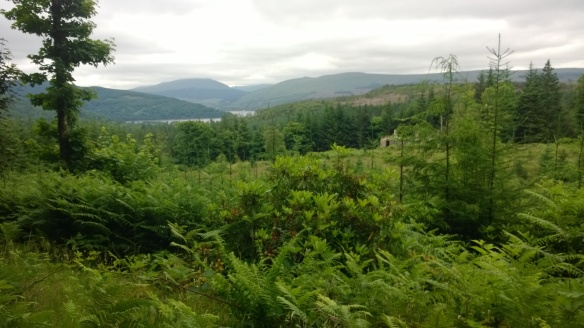
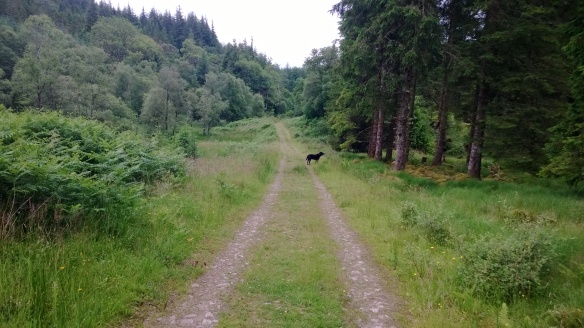 At the bottom of the path as the land flattens dramatically, there was a small monument which seemed to be fairly new, yet commemorated the death of a young woman in 1942. Later I discovered that her body had been found close to that spot and to date her murderer had never been found. The details can be found
At the bottom of the path as the land flattens dramatically, there was a small monument which seemed to be fairly new, yet commemorated the death of a young woman in 1942. Later I discovered that her body had been found close to that spot and to date her murderer had never been found. The details can be found 